Explore the Best AI Image Gallery

Quantum Creativity: Where Computing Meets the Imagination
The creative world has always been a playground for innovation, constantly pushing boundaries and exploring new frontiers. Today, a new force is poised to reshape this landscape: quantum computing. This revolutionary technology, harnessing the principles of quantum mechanics, promises to unlock unprecedented possibilities for artists, designers, and innovators across all disciplines.
Quantum Leap in Artistic Expression
Imagine generating stunning visuals with a thought, composing music that transcends traditional harmonies, or crafting immersive experiences that blur the lines between reality and imagination. Quantum computing offers these possibilities and more.
- Generative Art: Quantum algorithms can analyze vast datasets of artistic styles and generate entirely new pieces, pushing the boundaries of creativity and aesthetic exploration.
- Interactive Storytelling: Quantum simulations can create dynamic narratives that respond to user input in real-time, allowing for truly personalized and immersive storytelling experiences.
- Enhanced Design Tools: Architects and designers can leverage quantum computing to optimize structures, explore intricate designs, and visualize complex concepts with unprecedented accuracy and detail.
Unlocking New Creative Paradigms
Beyond individual applications, quantum computing has the potential to fundamentally change how we approach creativity.
- Collaboration at Scale: Quantum networks can enable real-time collaboration on creative projects across geographical boundaries, fostering global innovation and artistic exchange.
- Democratization of Creativity: User-friendly quantum platforms could empower individuals with limited technical expertise to explore their creative potential and contribute to the artistic landscape.
- Cross-Disciplinary Fusion: Quantum computing can bridge the gap between seemingly disparate fields, sparking new ideas and collaborations that lead to groundbreaking creative breakthroughs.
Navigating the Ethical Landscape
As with any powerful technology, quantum computing raises ethical considerations that must be carefully addressed.
- Bias and Representation: Ensuring that quantum algorithms are trained on diverse datasets to avoid perpetuating harmful biases in creative outputs is crucial.
- Ownership and Authenticity: The rise of AI-generated art raises questions about authorship, copyright, and the value of human creativity.
- Access and Equity: Its essential to ensure that the benefits of quantum computing are accessible to all, regardless of their background or resources.
Future Trends in Quantum Creativity
The future of quantum creativity is brimming with possibilities.
- Quantum-Enhanced VR/AR Experiences: Imagine immersive virtual worlds powered by quantum simulations, offering unparalleled levels of realism and interactivity.
- Personalized Creative Tools: Quantum algorithms could learn individual artistic styles and preferences, generating bespoke creative tools tailored to each users needs.
- Quantum-Inspired Design Thinking: The principles of quantum computing can inspire new approaches to problem-solving and design, leading to more innovative and impactful solutions.
As quantum technology continues to evolve, its impact on the creative industry will undoubtedly be profound. By embracing this paradigm shift, artists, designers, and innovators can unlock a universe of possibilities, pushing the boundaries of human imagination and reshaping the very fabric of creativity.
](https://images.ai-img.art/thumbnails/150/51c93500396faff4e7fa8b42bc68033067b16b2230e3496e95c482a581ff0fe9.webp)

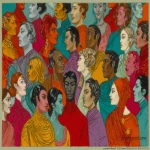
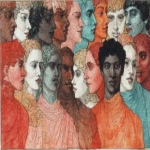


](https://images.ai-img.art/thumbnails/150/9d51c5e673b4f2068b7b01abc35425a06f173b76303adf9ad29ca14302c25b18.webp)


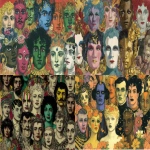


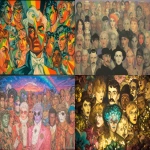


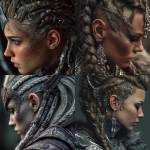

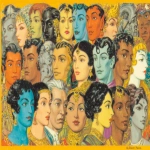


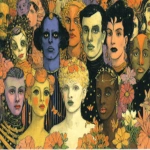



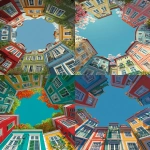
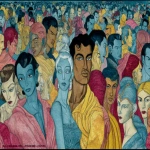

![**Representation: A teenager smiling while thinking about a friendly dog, a comic-style thought bubble with a friendly dog inside. Graphic style: Line drawing, cartoon style, influenced by Franco-Belgian comics, thick black lines, simplified design, vector, black and white only, in the style of Keith Haring or the French comic strip "Alinéa". [IMPORTANT]: A single continuous line extending from one side of the image to the other, minimalist, strong outlines, line drawing, without lifting the hand, ultra-simplified, no shading, entirely white image, drawing created in the center of a sheet of paper. --ar 16:5** - <@627984126871470085> (fast)](https://images.ai-img.art/thumbnails/150/6fc850f638e3dee0c4b121acecad2c8419e02bdeac7f871d625f1003c1c3abe1.webp)



](https://images.ai-img.art/thumbnails/150/157712d76865d557120f9baf988de3d0525225295a2789c89bf2c4a5a96a03d1.webp)
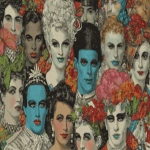

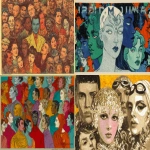
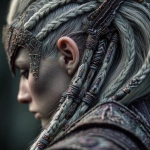



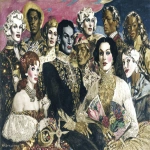


![**Representation: A dog acting as a private tutor to a child. The dog holds a ruler in its paw and stands at the blackboard to explain a dog diagram to the child. Graphic style: Line drawing, cartoon style, influenced by Franco-Belgian comics, thick black lines, simplified design, vector, black and white only, in the style of Keith Haring or the French comic strip "Alinéa". [IMPORTANT]: A single continuous line extending from one side of the image to the other, minimalist, strong outlines, line drawing, without lifting the hand, ultra-simplified, no shading, entirely white image, drawing created in the center of a sheet of paper. --ar 16:5** - Variations (Strong) by <@627984126871470085> (fast)](https://images.ai-img.art/thumbnails/150/f4e034998ccd869d8a061fd12017514fcd92210eb33d4222dc9b54716223f4dd.webp)

![**Representation: A dog acting as a private tutor to a child. The dog holds a ruler in its paw and stands at the blackboard to explain a dog diagram to the child. Graphic style: Line drawing, cartoon style, influenced by Franco-Belgian comics, thick black lines, simplified design, vector, black and white only, in the style of Keith Haring or the French comic strip "Alinéa". [IMPORTANT]: A single continuous line extending from one side of the image to the other, minimalist, strong outlines, line drawing, without lifting the hand, ultra-simplified, no shading, entirely white image, drawing created in the center of a sheet of paper. --ar 16:5** - <@627984126871470085> (fast)](https://images.ai-img.art/thumbnails/150/7a854648a81e51241dcca8d24dd6e3bfcf07ad1df51baf401c9b729f4cf411fa.webp)